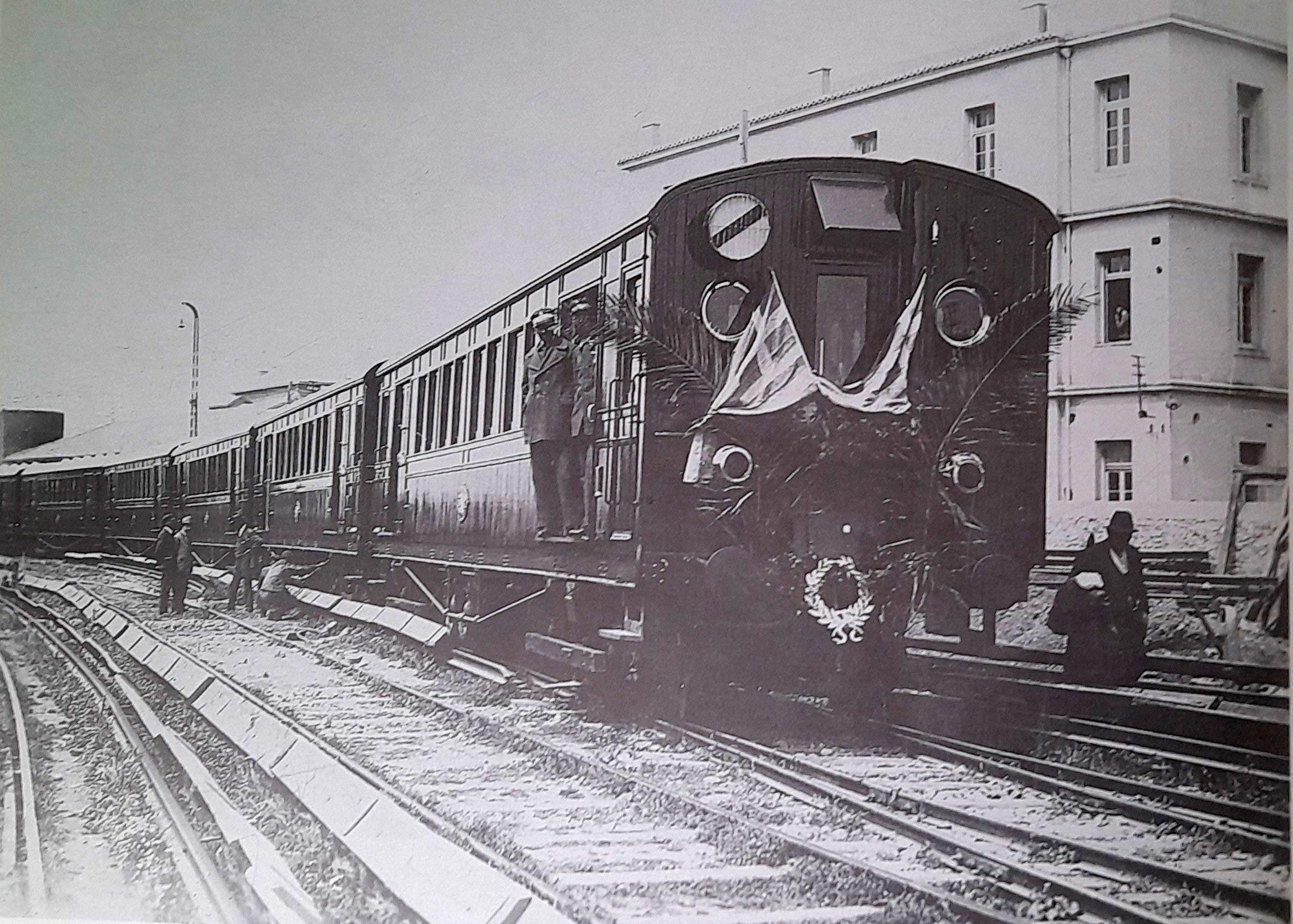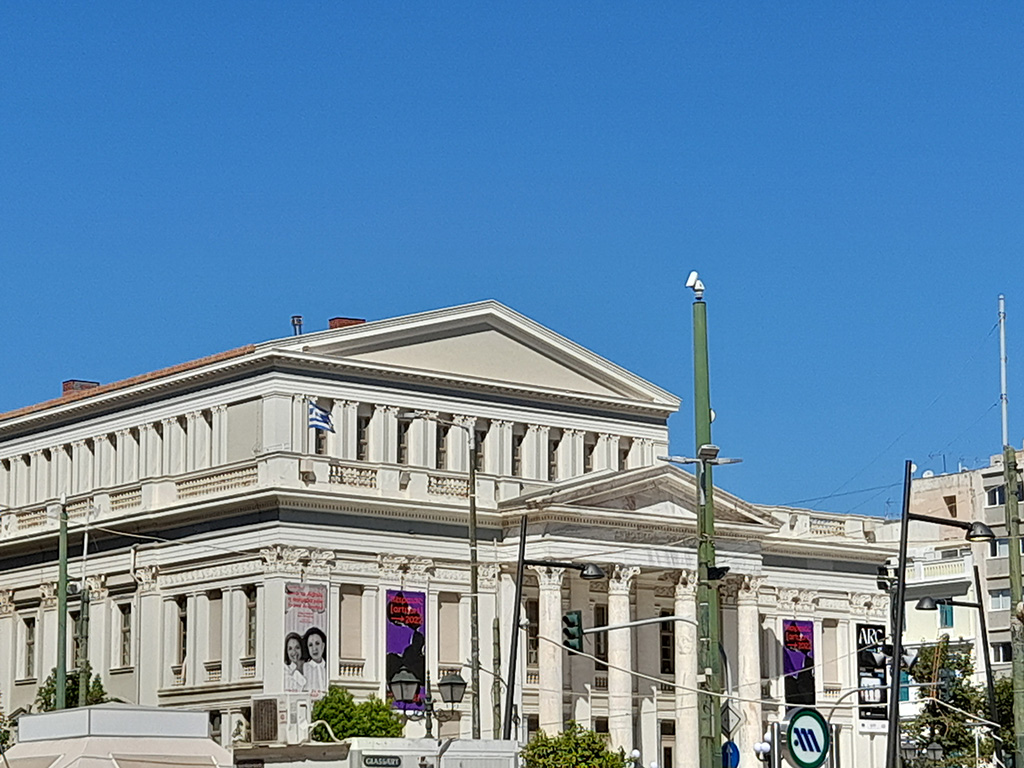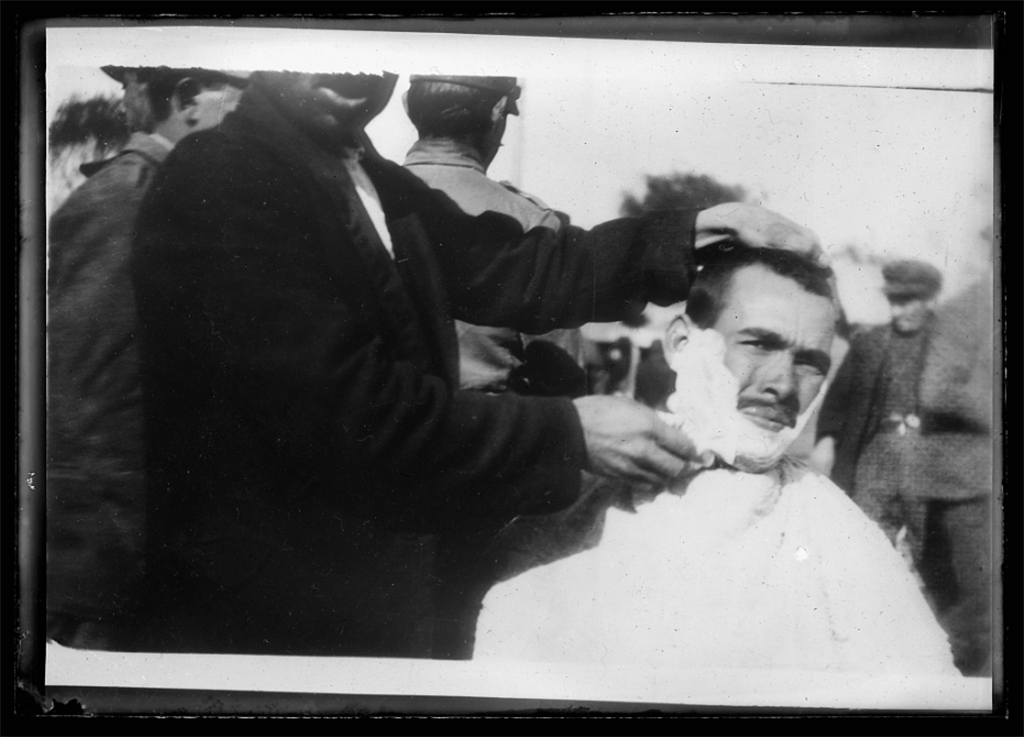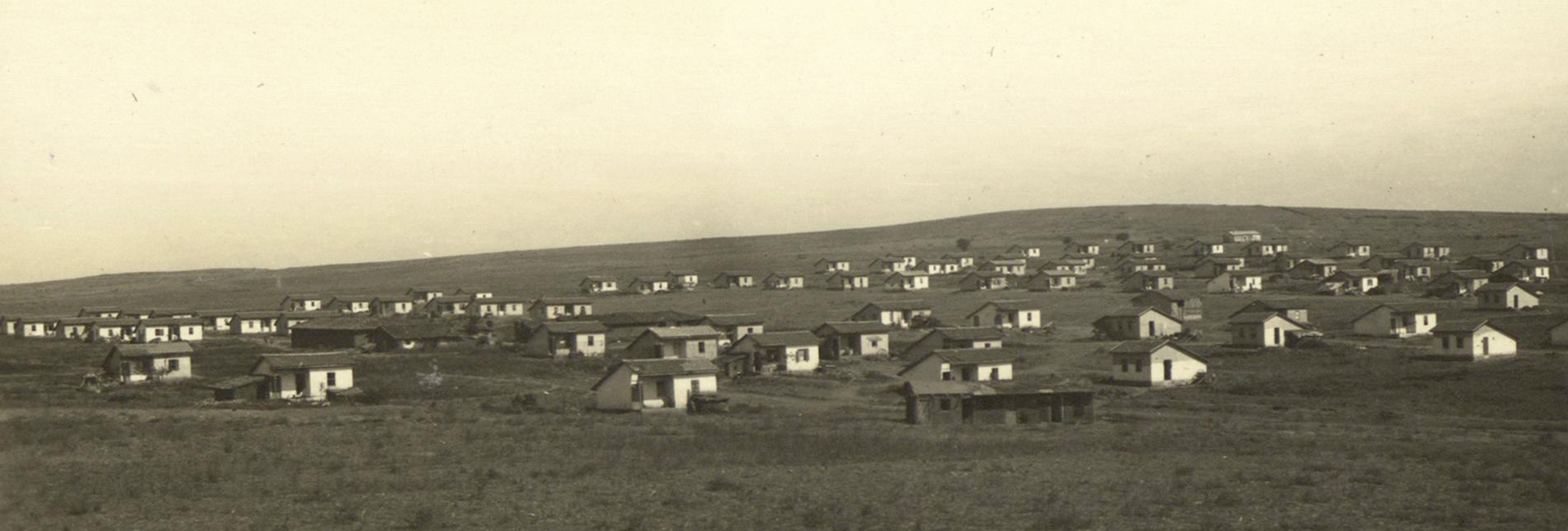
Nea Filadelfeia
May 17, 2023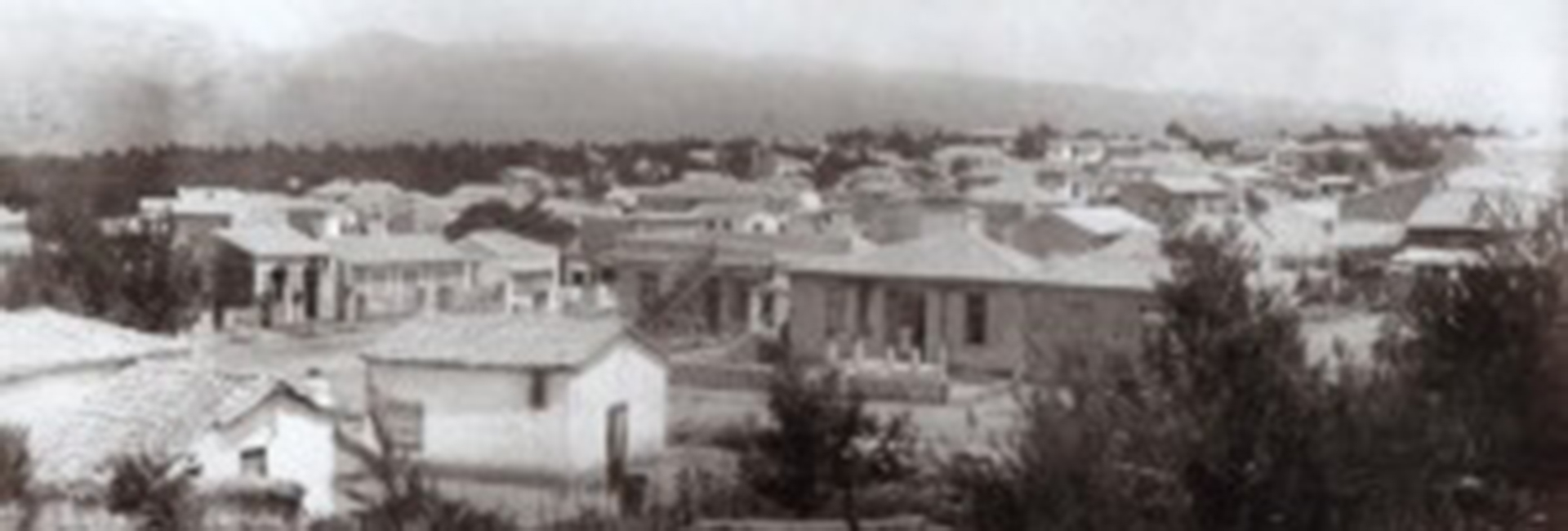
Nea Erythraia
May 17, 2023Piraeus: On the Waterfront
The port of Piraeus played a major role in the arrival of the refugees. It was the greatest port of Attica and most ships carrying soldiers and refugees from Asia Minor as well as Turkish hostages to Turkey buoyed here. Τhe revolutionary government of Plastiras and Gonatas landed here and rode to the centre of Athens on horseback. Finally, it was here that the Red Cross as well as the other humanitarian organizations unloaded and stored clothes, tents and nutritional products for the refugee relief.
When the first refugees arrived at the port, they saw artillery on wheels spreading over Miaouli shore, ready to be transported to the war front, which had, however, collapsed. The refugees landed on Tzelepi shore and then their troubles started, as the Greek state had not realized from day one that these people were persecuted and without abode any more, and though that they were Ottoman subjects, coming in peace; hence the port authorities asked them for their travelling documents and forced them to pay taxes for the precious items that they brought with them. In the port’s quarantine, on the islet of St. George, refugees remained for days until they convalesced from infectious diseases or from the long and exhausting journey. Yet, the processing of the entry petition of so many people at the same time took time. Hence, many refugees were stuck in the quarantine or in the port for days and months, whereas others, of better-to-do families, paid in order to gain their freedom and move inlands.
Those who passed through the customs tried to find a shelter in improvised tents, made of linen bags and rugs. All empty spaces around the port were occupied: Tinan Garden, the courtyard of St. Nicholas, Karaiskaki square, Themistokleou shore, the Eietioneia gate. The Municipal Theatre was opened to host women and orphans. The schools did not open that year, as they were transformed into centres for the registration and relief of refugees. From the electric train station they took the train to the centre of Athens, looking for lost relatives and a temporary job in Omonoia Square, Stadiou Avenue and Syntagma square. From Larissis rail station, as was then called the station close to Agios Dionysios church, more refugees left for the countryside, looking for better living conditions. The rail station itself became a temporary abode for them, and so did Agios Dionysios and even the old cemetery behind it. The port warehouses, those at least that were not used for storage of goods sent from abroad, sheltered refugees as well. The local newspaper of Piraeus, Chronographos, hosts daily announcements by refugees who look for their relatives as well as articles on the living conditions of the refugees, the hygiene problems, their professional activities and the search for jobs.
As time passed, the tents were replaced by shacks made by the refugees themselves with all kinds of materials: Xaveriou coast, Mikrolimano, the surroundings of Chatzikyriakeio Foundation, housing was improvised. The covered market on Karaiskaki square was gradually transformed into a slum, mainly for the refugees’ little shops and workshops. On the other side of the port, Drapetsona and Keratsini were also covered with slums without any town plans. The reason was that the port and the industries already functioning there offered jobs to the refugees who were willing to work hard for low wages. In this industrial zone soon sprang also businesses by the wealthier or more industrious refugees, who also profited from the abundance of manpower. A well-known case is that of the Agios Georgios flour mills, in the port of St. George in Keratsini, a factory founded before 1922 by an entrepreneur from Asia Minor who hired refugees to cover the extra shifts needed to cover the great demand for flour.
Within the years that followed 1922, around Piraeus spread more refugee settlement, such as Moschato with its Slaughterhouses, Apollonas, Tavros, Nicaea, Korydallos, Perama. In 1928 these neighborhoods massively supported Venizelos and in 1934 they became autonomous municipalities, siding with the political parties which protected the working classes and strove for progress and social justice.

